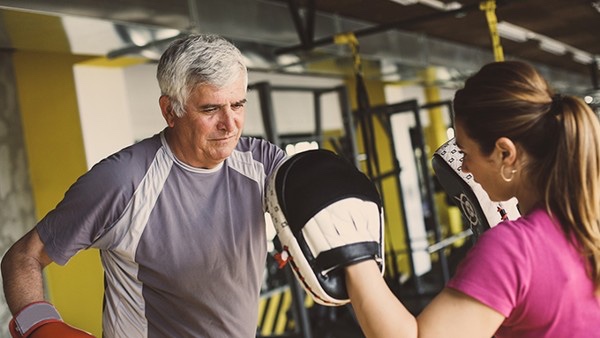If you're looking to build stronger, more defined arms, forearm cable curls should be your new go-to move. This underrated exercise targets the brachioradialis—the muscle that gives your forearms that rugged, powerful look—while also engaging your biceps for a well-rounded arm pump. Unlike traditional dumbbell curls, cable curls provide constant tension throughout the movement, maximizing muscle activation and growth. So, if you're tired of plateaus and want arms that turn heads, let’s break down why forearm cable curls deserve a prime spot in your workout.

Most lifters default to dumbbell or barbell curls, but cables bring something extra to the table—resistance that doesn’t quit. With free weights, tension decreases at the top of the movement, but cables keep your muscles under load the entire time. This means more time under tension, which is a key driver for hypertrophy. Plus, the adjustable pulley lets you tweak angles to hit different parts of your forearm and biceps, making it a versatile tool for growth. If you’ve been stuck in a curling rut, switching to cables could be the shake-up your arms need.
To get the most out of forearm cable curls, start by setting the cable pulley to its lowest position and attaching a straight or EZ-bar handle. Stand facing the machine with your feet shoulder-width apart, gripping the bar with an underhand (palms-up) grip. Keep your elbows pinned to your sides—no cheating by swinging your body! Slowly curl the bar up toward your shoulders, squeezing your forearms and biceps at the top. Lower it back down with control, resisting the weight on the way down. The key here is slow, deliberate movement—no jerky motions allowed.
It’s not just about moving weight—it’s about feeling the burn where it counts. Focus on contracting your forearms and biceps with every rep, visualizing the muscle fibers firing. Many lifters make the mistake of rushing through reps, but slowing down the eccentric (lowering) phase increases micro-tears in the muscle, leading to bigger gains. Try a 2-1-2 tempo: two seconds up, one-second squeeze at the top, two seconds down. This controlled approach keeps tension on the muscle and prevents momentum from stealing your gains.
Once you’ve mastered the basic forearm cable curl, mix things up to keep your muscles guessing. Try a reverse grip (overhand) to emphasize the brachioradialis even more. Single-arm cable curls let you address imbalances while increasing core stability. For a brutal finisher, do drop sets by reducing the weight after each set until your arms are toast. Another killer variation? The rope attachment—it forces your forearms to work harder to stabilize the movement, adding an extra layer of intensity.
For maximum muscle growth, aim for 3-4 sets of 8-12 reps, twice a week. Since forearms recover quickly, you can train them more frequently than larger muscle groups. Pair them with other arm exercises like hammer curls or wrist rollers for a complete forearm blitz. If strength is your goal, go heavier (6-8 reps) with strict form. And don’t forget progressive overload—gradually increase the weight or reps over time to keep forcing your muscles to adapt.
Forearm cable curls might not be the flashiest exercise, but they’re a secret weapon for serious arm development. By dialing in your form, mastering the mind-muscle connection, and experimenting with variations, you’ll build forearms that look as strong as they feel. So next time you hit the gym, skip the basic curls and give cables a shot—your arms will thank you later.
























